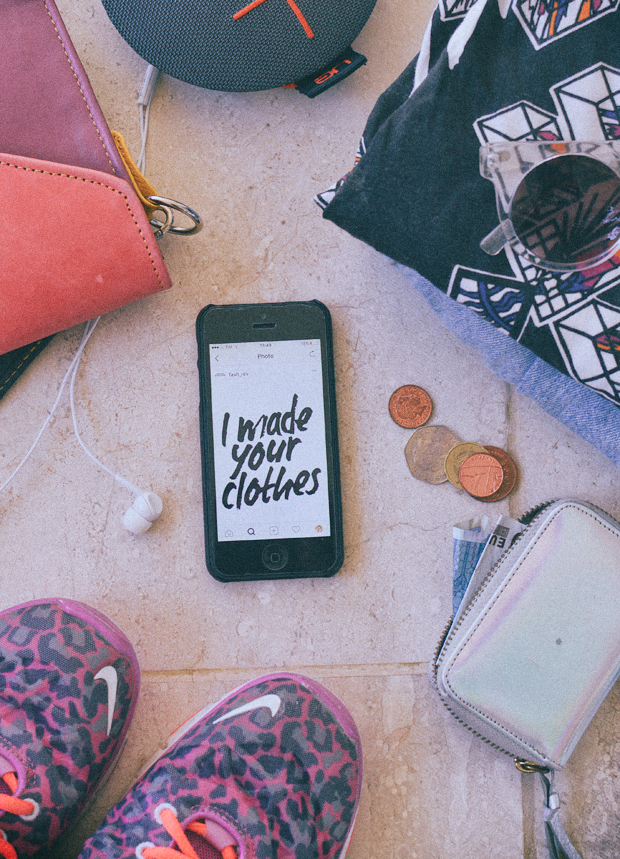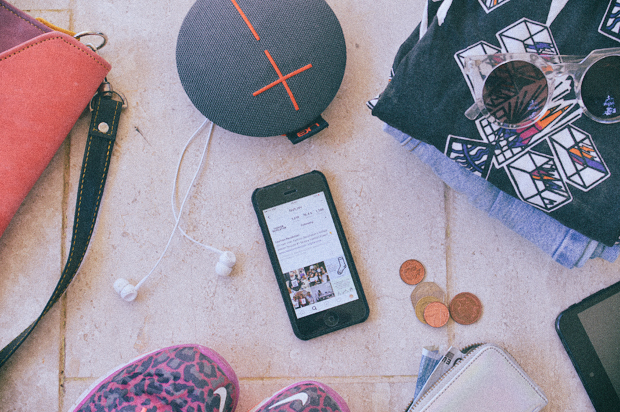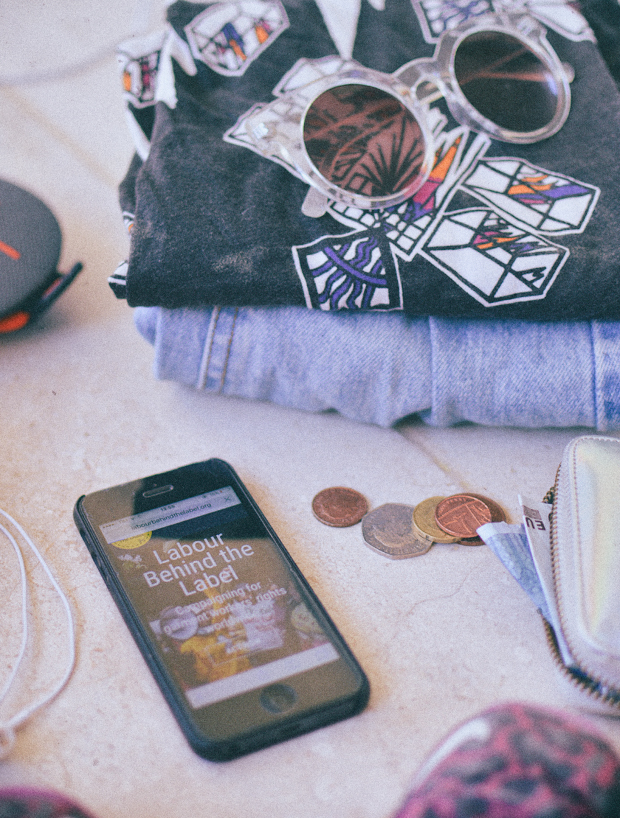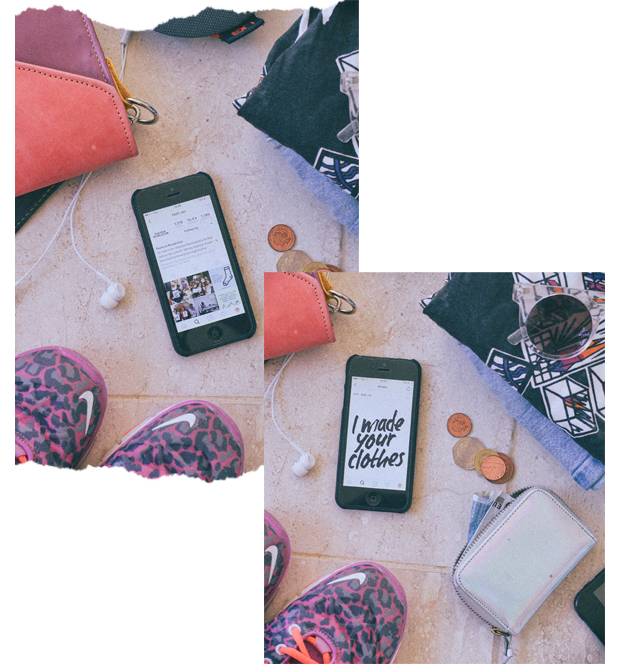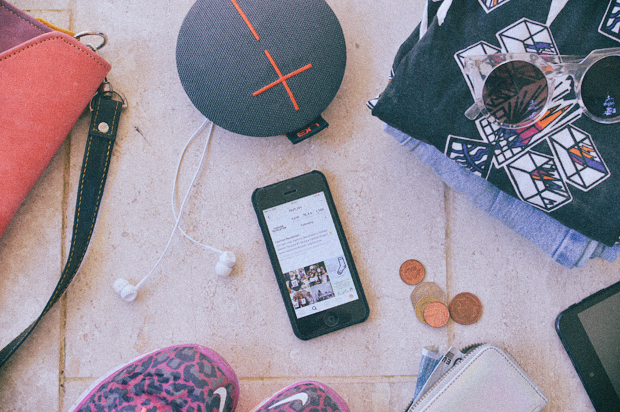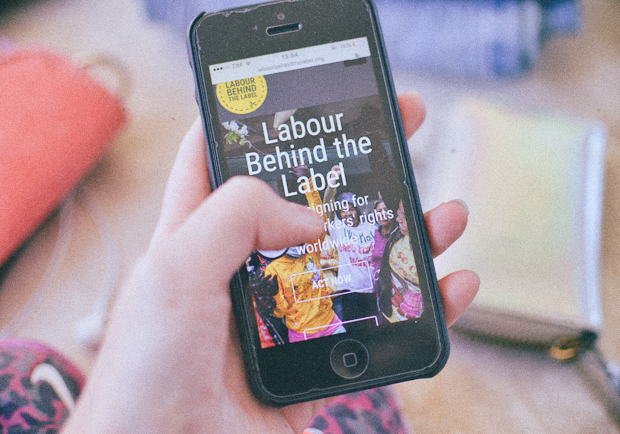The past couple of weeks have been a bit of a blur (and a whirlwind, thanks to the huge honour of being able to take over the @instagram account), so I want to apologise for the lack of Fashion Revolution content, I’ve just been one busy bee! To ease you all back in and hopefully make up for my absence, I gathered some of your questions about ethical and sustainable fashion (send me a DM on Instagram! I might be able to help). Let’s crack on with the 3rd edition of my Q&A series, shall we?
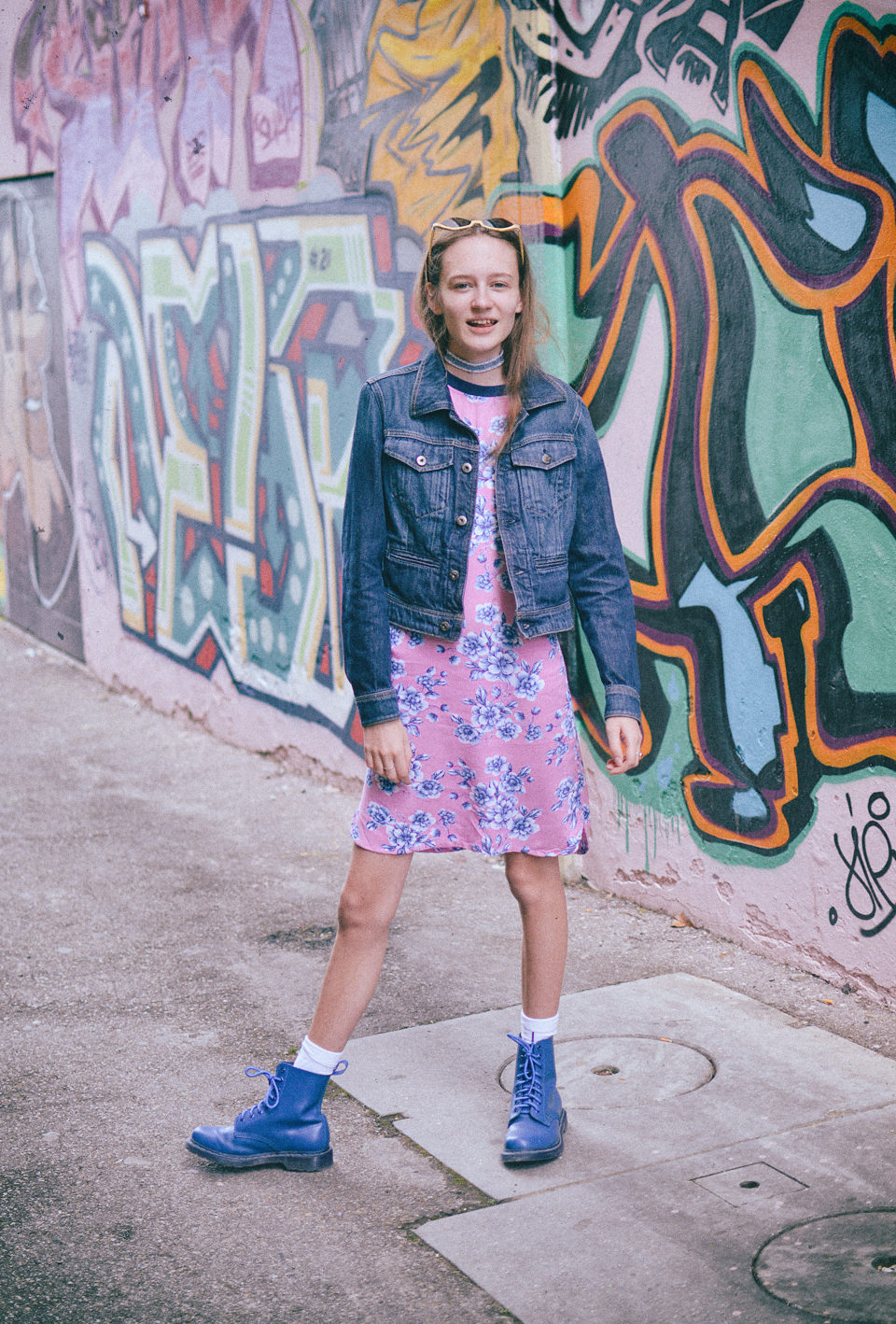
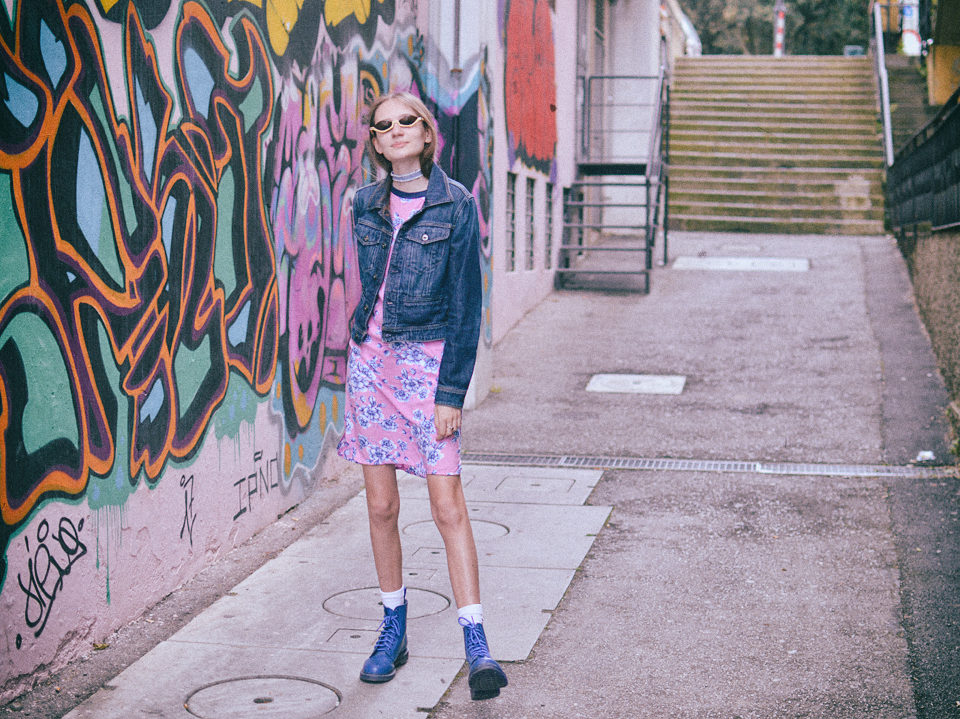
WHAT I WORE: Sustainable Denim Jacket (G-STAR RAW)* // Floral Dress (John Lewis – very old) // Recycled Denim Choker (Yours Again)* // Bamboo Sunglasses (Bambooka)* // Socks (Birdsong London) // 1460 Pascal Boots (Dr Martens)
Where are your favourite places to shop second-hand?
For me, I love charity shops. I’m fortunate that I have a wide selection to choose from, especially in the UK. Most towns are littered with them which means you can spend full days just browsing the rails.
I understand it’s different elsewhere though, like how in France there aren’t many charity shops yet there are dozens upon dozens of jumble sales most days of the week.
I’d say if you’re struggling to find local shops or sales then one of the most current and popular ways of shopping similarly, would be using Depop (or even eBay). It saves the time and effort of having to wade through piles of clothes too, seeing as you can search for exactly what you’re looking for.
This leads me to my next question…
How do I find my style in consignment or second-hand stores?
One thing I’ve learned over many, many years of second-hand shopping, is that you have a lot more room for experimenting. Seeing as there is very rarely more than one of an item, it gives you the chance to really scope out styles you might not have reached for in the past.
When you embrace that experimental side of it, finding pieces which align with your style will become a lot easier as you’ll know what you’re more open to.
For me, I now know not to pay much attention to sizing because I know I can wear clothes oversized or I can even upcycle and adjust them. That already opens up so much more potential because instead of only looking at one end of a rail, I’ll end up looking at every item in a store (you know, apart from shoes because sadly, my feet don’t quite agree with ignoring sizes).

How do you balance wanting to show new clothes on your blog, with ethical shopping?
You may notice that I don’t post as many outfit shoots as I used to on my blog anymore (unless they’re within a post like this!), partly because I don’t find them very fulfilling and partly because of this exact dilemma.
Understandably, people don’t necessarily want to see the same thing being styled over and over (although, it can be done; I did a series a couple of years back called Changing with The Seasons where I did just that), and I don’t think this has anything to do with fast fashion or over-consumption, specifically.
It doesn’t matter what it is – repetition can become boring, right? Especially when it’s online and it’s constantly in front of you. So, it’s not very often that you see people posting the same outfits or the same combination of items.
The reality is though, clothes are made to be worn more than once (at least, they should be), which means, we all need to try really hard to translate that into what we post online (especially as bloggers).
![]()
I know there are plenty of arguments as to why it’s easier said than done (full-time bloggers often make a living from promoting new items, regularly), and even I have to remind myself to do it. It sends a message, even if people don’t notice it consciously.
I suppose another reason for your question could be to do with actually shopping ethically and being able to promote and show off my sustainable-wears. I’m fairly open and honest about this; for the most part, I shop second-hand (it’s one of the most sustainable ways to shop, after all) or every now and then, I collaborate with brands who send me items to style and review, which means I’m not adding items to my wardrobe very often.
I do my bit by lifting up brands in other forms of promotion and again, try my best to spread the message that wearing items more than once is totally acceptable.
My readers actually end up falling a little bit in love with what I do wear repeatedly, too! My yellow jacket and the killer sunglasses I’m wearing a lot at the moment are a great example.
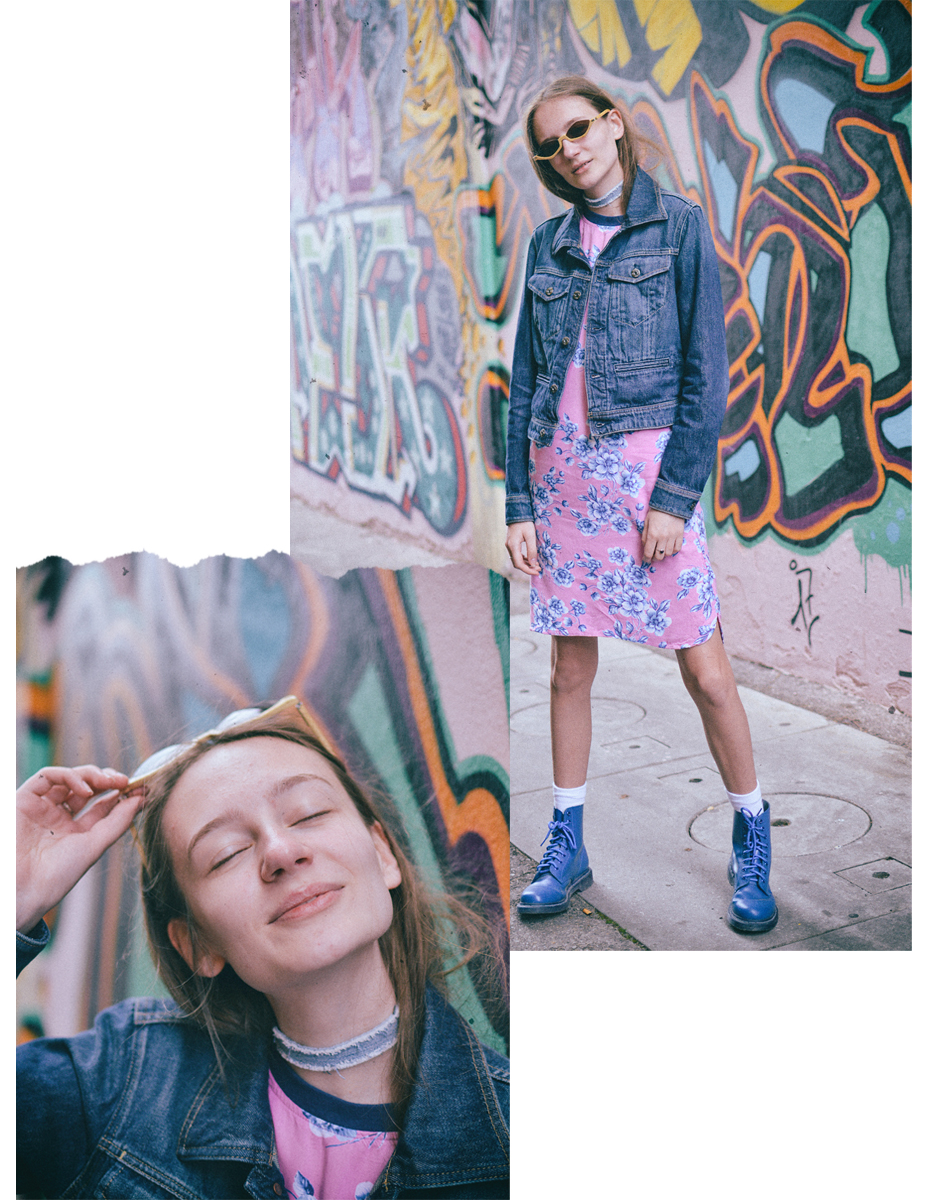
Does ‘ethical fashion’ refer to how the clothes are made or does it go further into how the material is sourced etc?
I discussed the definition of ethical and sustainable fashion, here, if you want to understand things a little more clearly. However, you raise a great point about how far those definitions can go. As I state in that post, I believe the definitions are fairly subjective, so I’ll give you my own personal opinion.
For me – ethical fashion refers to every detail, from the moment the design is conceived to the moment it ends its life in somebody’s wardrobe. Unfortunately, it can be very hard to know how an item of clothing has been produced from start to finish, even if it’s coming from a brand that labels itself as ethical. There are brands that are exceptionally transparent about how they go about their work but sadly, they’re few and far between.
How do I get out of buying fast fashion trends and start making a more reusable wardrobe?
I haven’t personally done this myself because I’ve never been particularly interested in trends but I believe it could be a good way to start and perhaps, challenge yourself a little – try to shop your own wardrobe for a while. Whether it’s for a week, a couple, a month or even two, go without buying anything new and style your outfits with what you have.
Not only will you avoid buying into new trends and fading styles, you’ll be forced to reuse what you have and work out what works for you! Plus, all of this becomes easier once you prioritise ethics and sustainability because you know what’s more worthwhile.
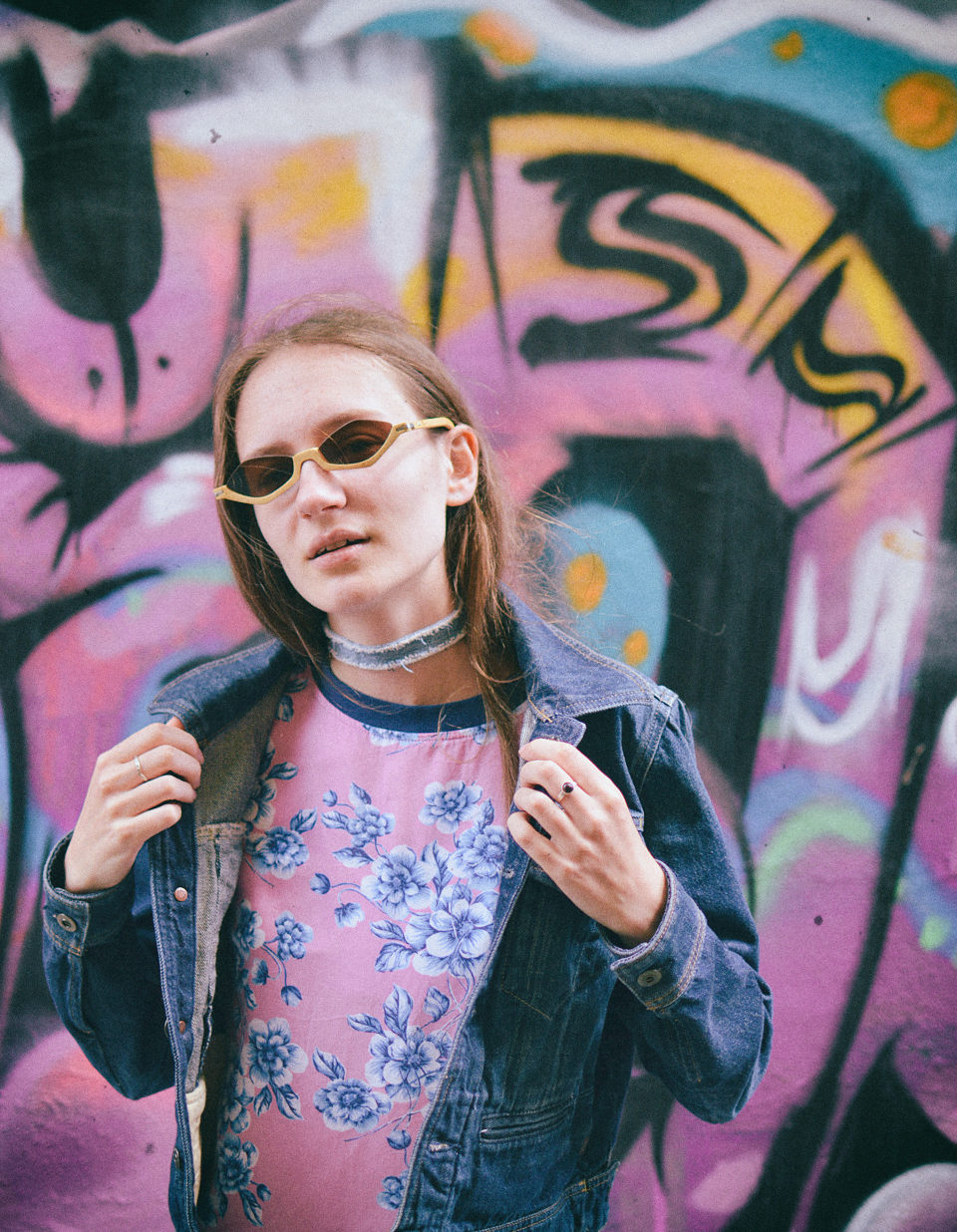
Why is leather unsustainable? Is it because of cow farming and the process of producing it?
Just like fur, leather is one of those topics that goes off in many different directions. In some ways, leather can definitely be seen as sustainable because it’s a durable material and it biodegrades due to it being natural.
However, as your question suggests, unfortunately, the production process of leather is usually quite the opposite. Not only is there the ethical dilemma of leather, there are other problems to take into consideration.
Mass-farming is known for being unsustainable (and yes, leather does play a part in this as it is either sourced from food manufacturing or independently) but it doesn’t stop just there. Leather is commonly dyed and tanned using harmful chemical processes which contribute to pollution, especially within water systems. I highly recommend watching River Blue, for more on this.
Faux-leather isn’t much better either, seeing as the majority of it is produced using synthetic plastics which obviously, don’t have the biodegradable element of natural leather. So, if you see the term ‘vegan’ applied to a pair of shoes, perhaps ask yourself what that actually means for the environment, too.
I’ve said this before and I’ll say it again; if you want to shop leather guilt-free, buy it second-hand or from a brand which can guarantee that they’re sourcing responsibly from waste-leather and cut-offs.
You won’t necessarily contribute to any further leather manufacturing but you’ll still be able to experience the durability of the fabric.
Have another question for me to answer? Leave one in the comments! Perhaps I’ll answer it in a future post…







